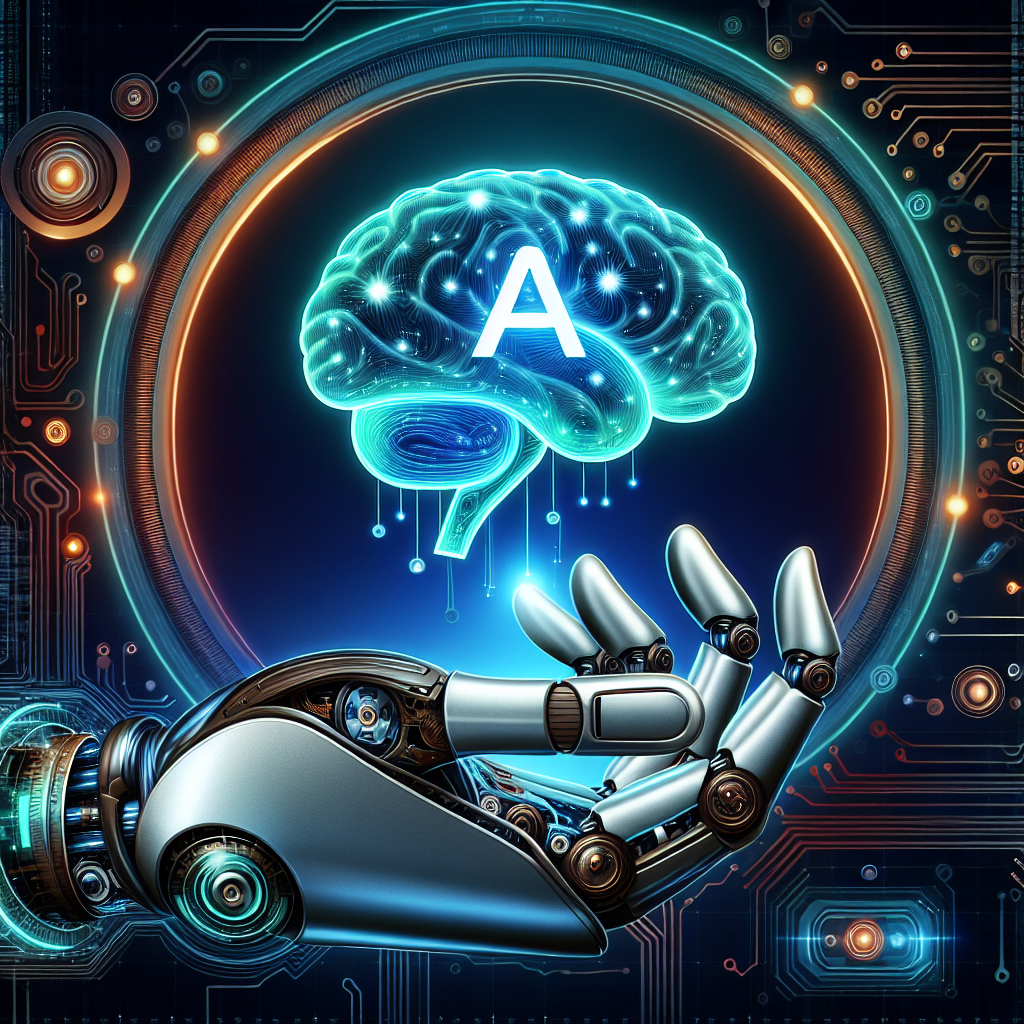Artificial intelligence (AI) has been making significant advancements in recent years, particularly in the realm of robotics. As AI software becomes more sophisticated and powerful, it is revolutionizing the way robots are designed, built, and used in a variety of industries. The future of AI software in robotics holds immense potential for transforming the way we interact with and utilize robots in our everyday lives.
One of the key areas where AI software is making a significant impact in robotics is in the realm of autonomous navigation. Traditional robots have been limited by their inability to navigate complex environments without human intervention. However, with the development of AI-powered navigation systems, robots are now able to navigate dynamic and unpredictable environments with ease. This has opened up new possibilities for the use of robots in a variety of industries, from manufacturing to healthcare to logistics.
AI software is also revolutionizing the way robots interact with and learn from their environment. Traditional robots are programmed with a set of pre-defined instructions that limit their ability to adapt to changing conditions. However, with the development of AI-driven learning algorithms, robots are now able to learn from their interactions with the environment and improve their performance over time. This has led to the development of robots that are able to perform complex tasks with a level of precision and efficiency that was previously thought impossible.
Another area where AI software is making a significant impact in robotics is in the realm of human-robot interaction. Traditional robots have been limited by their inability to understand and respond to human commands and gestures. However, with the development of AI-powered natural language processing and computer vision algorithms, robots are now able to interact with humans in a more natural and intuitive way. This has opened up new possibilities for the use of robots in a variety of applications, from customer service to education to entertainment.
In addition to these advancements, AI software is also enabling robots to collaborate with each other in ways that were previously impossible. Traditional robots have been limited by their inability to communicate and coordinate with each other effectively. However, with the development of AI-powered communication and coordination algorithms, robots are now able to work together in teams to accomplish complex tasks. This has opened up new possibilities for the use of robots in applications that require teamwork and cooperation, such as search and rescue missions or warehouse logistics.
Overall, the future of AI software in robotics is bright. As AI technology continues to advance, robots will become increasingly intelligent, capable, and versatile. This will open up new possibilities for the use of robots in a wide range of industries and applications, from healthcare to manufacturing to transportation. The potential for AI-powered robots to revolutionize the way we live and work is truly limitless.
FAQs:
Q: What are some examples of AI-powered robots in use today?
A: Some examples of AI-powered robots in use today include autonomous drones used for surveillance and delivery, robotic surgical systems used in healthcare, and autonomous vehicles used for transportation.
Q: How is AI software different from traditional robot programming?
A: AI software enables robots to learn from their environment and improve their performance over time, whereas traditional robot programming relies on pre-defined instructions that limit their adaptability.
Q: What are some challenges facing the widespread adoption of AI-powered robots?
A: Some challenges facing the widespread adoption of AI-powered robots include concerns about job displacement, ethical considerations regarding the use of AI in decision-making, and technical challenges related to safety and reliability.
Q: What are some potential future applications of AI-powered robots?
A: Some potential future applications of AI-powered robots include personalized healthcare assistants, autonomous delivery services, and intelligent manufacturing systems.
Q: How can businesses benefit from integrating AI software into their robotics systems?
A: Businesses can benefit from integrating AI software into their robotics systems by increasing efficiency, reducing costs, improving safety, and unlocking new opportunities for innovation and growth.

